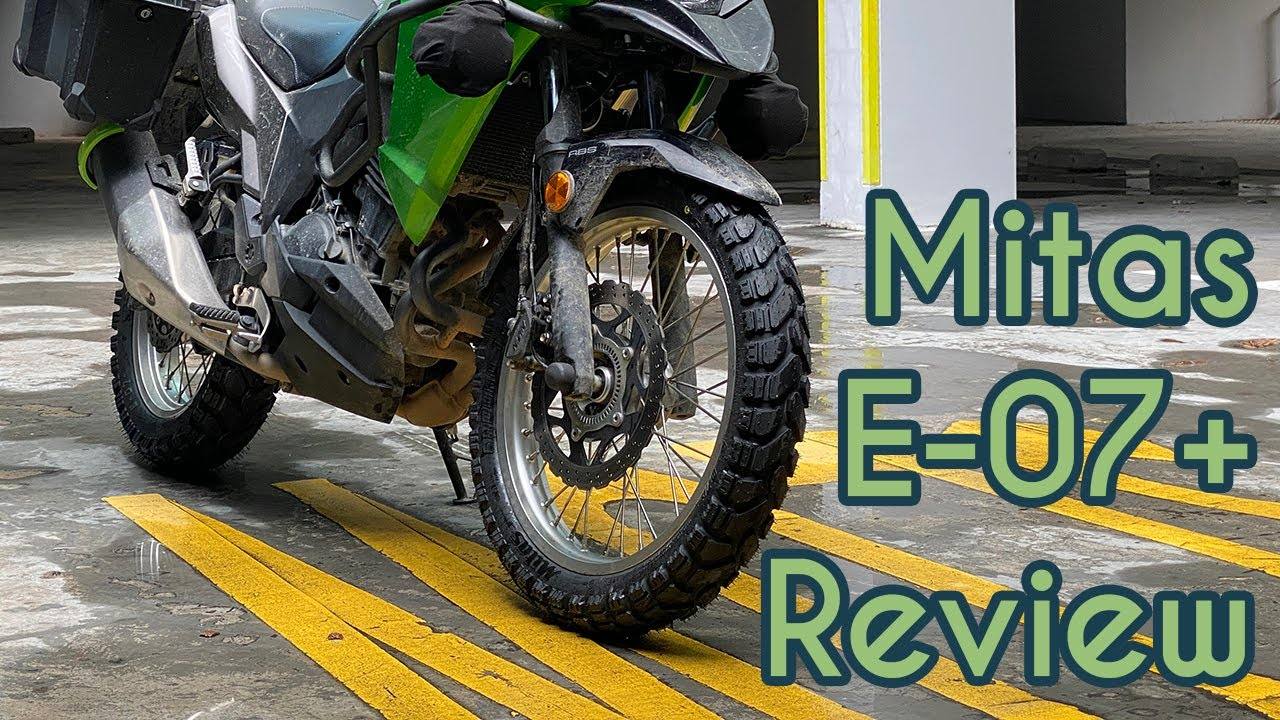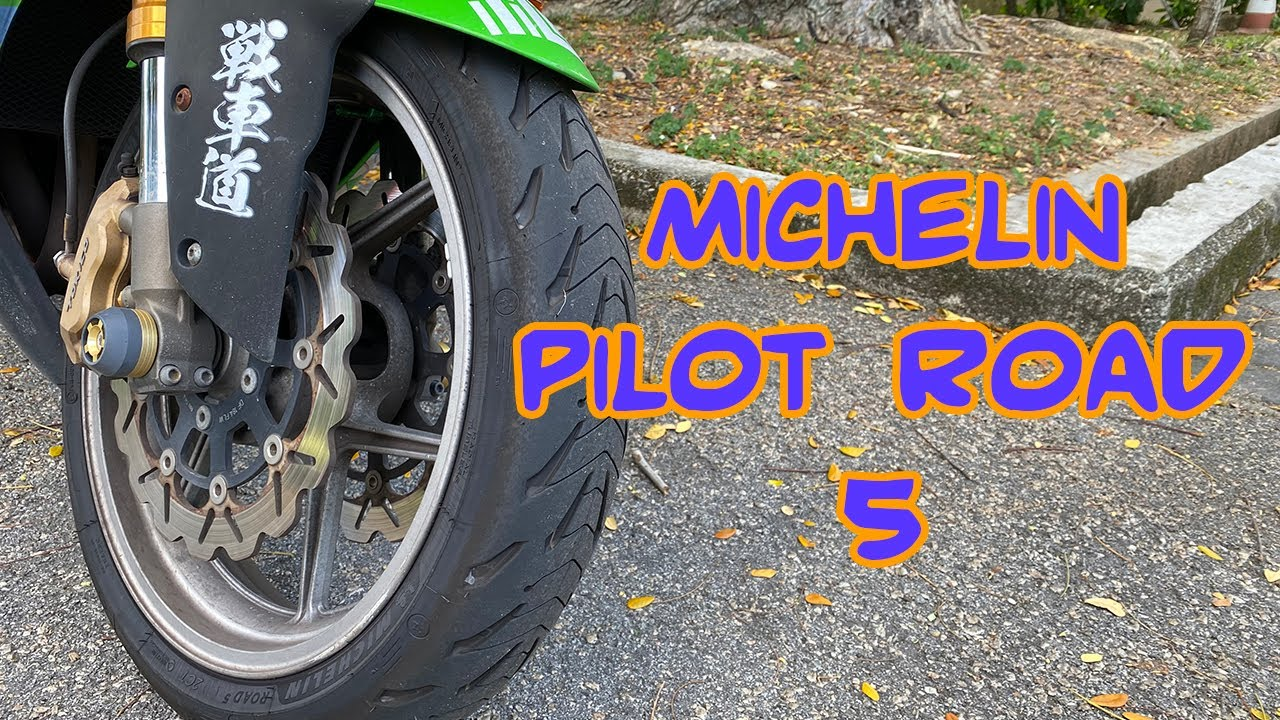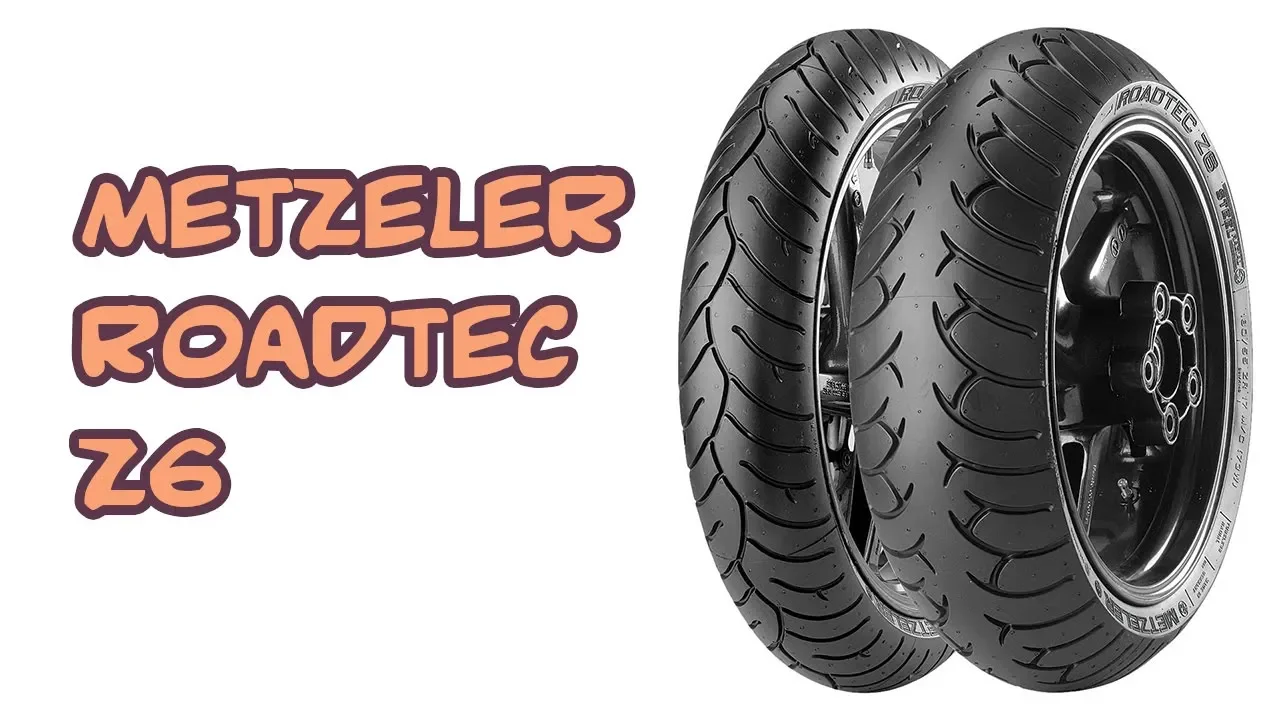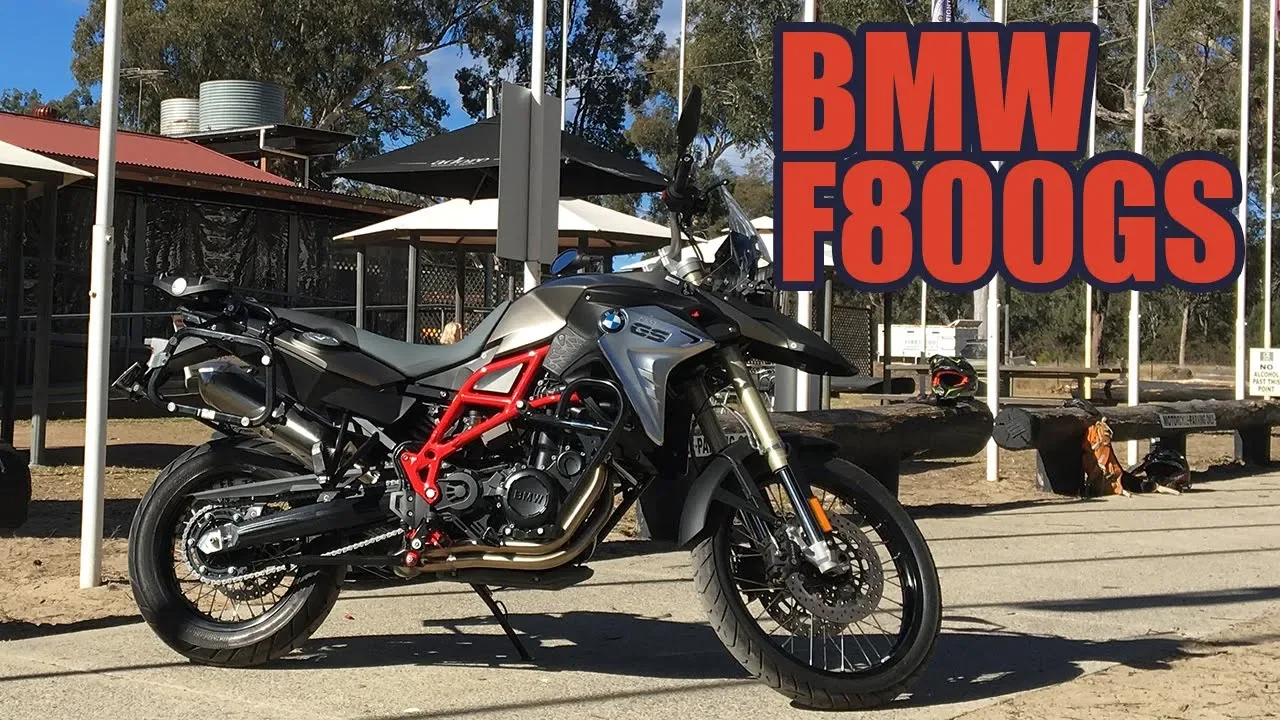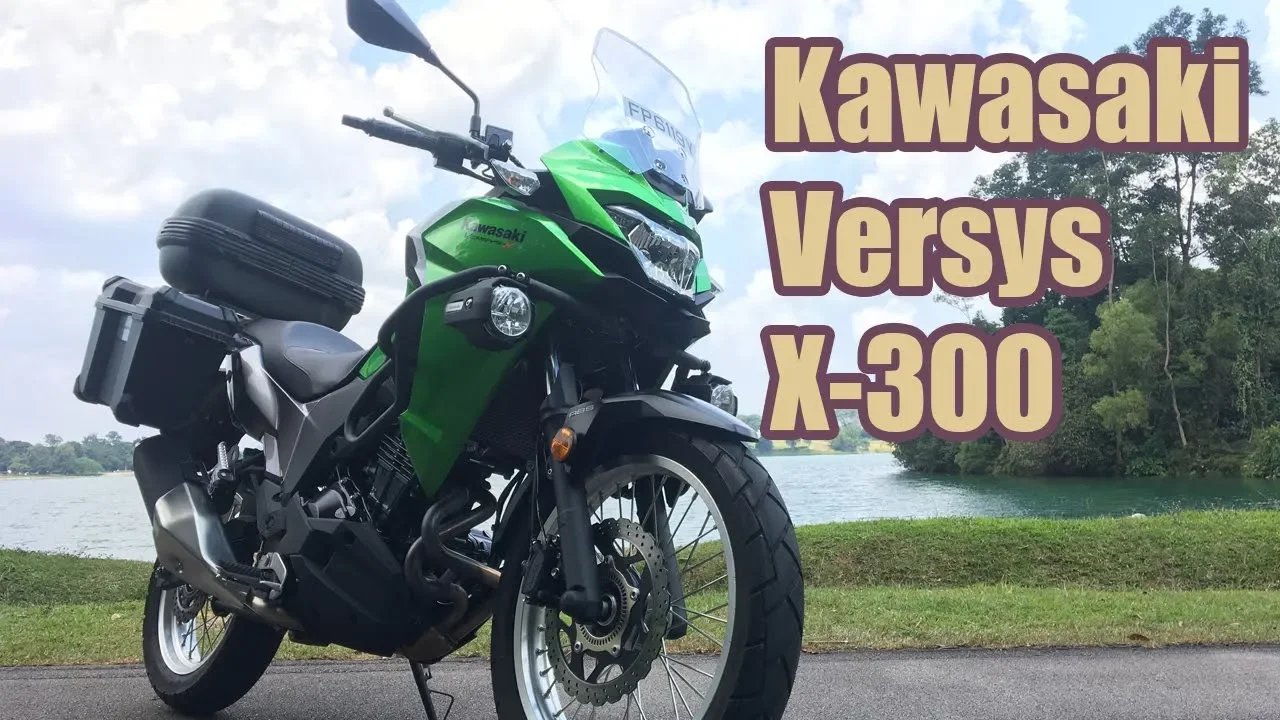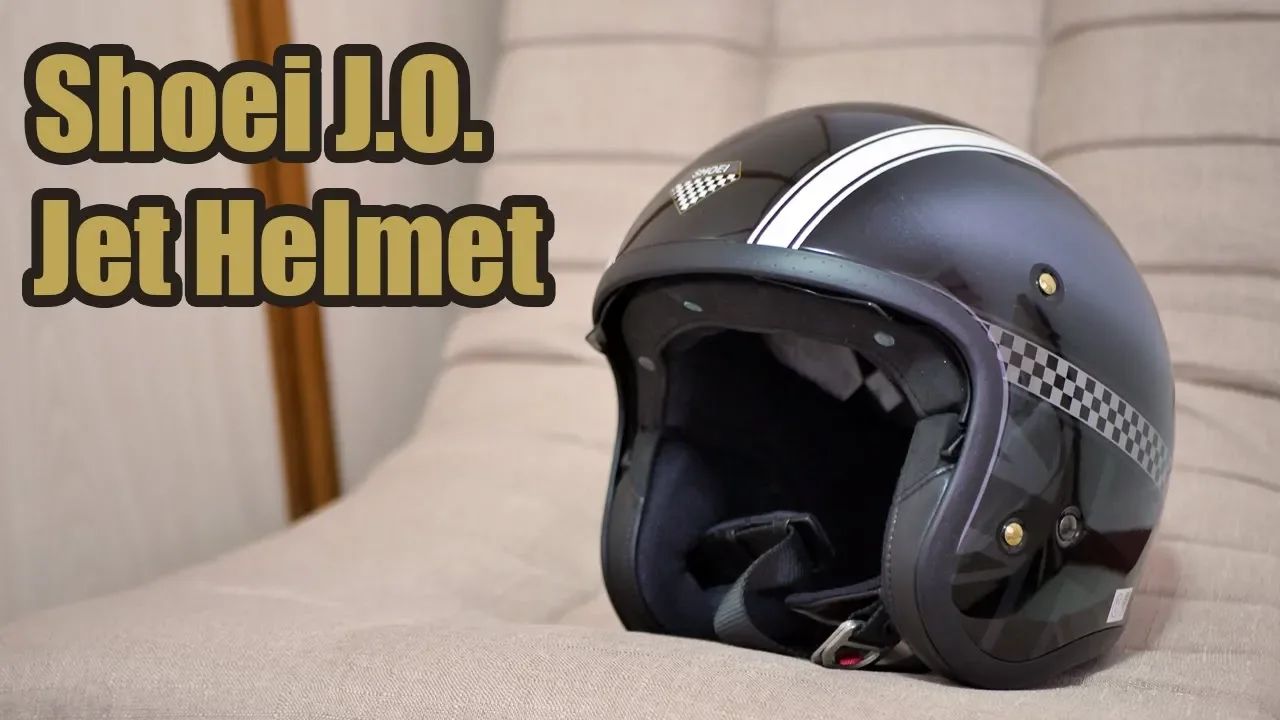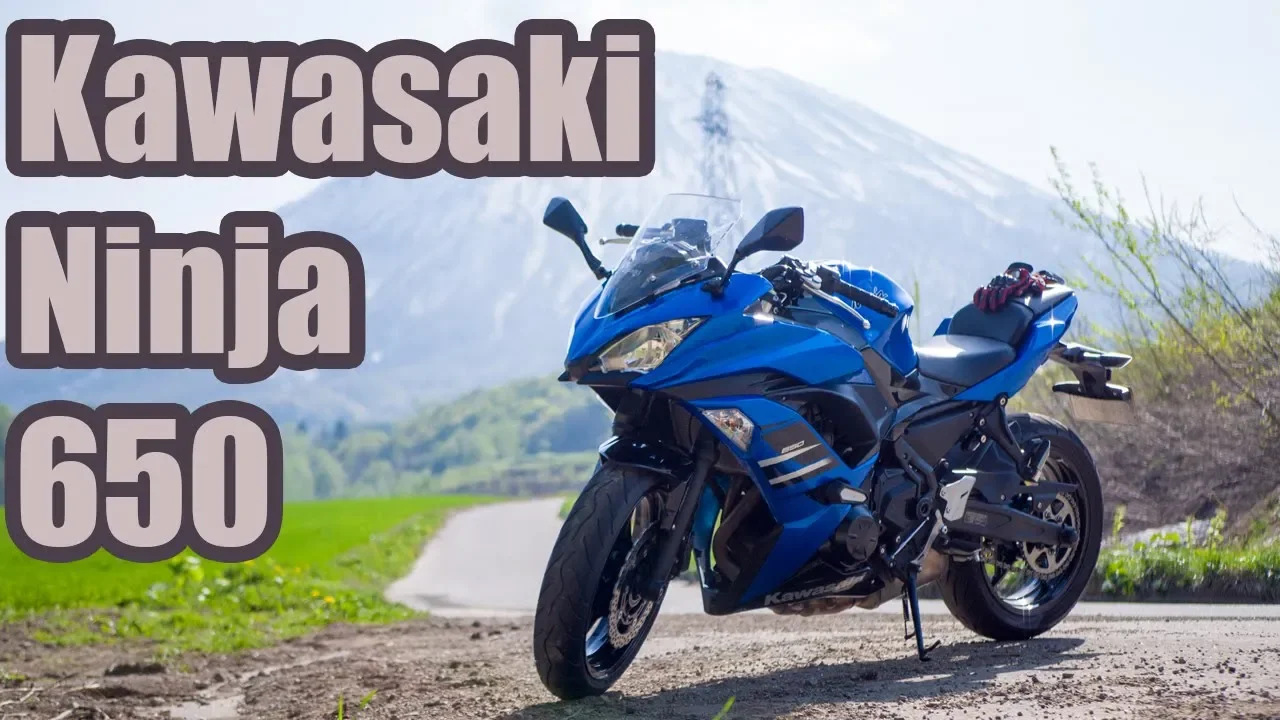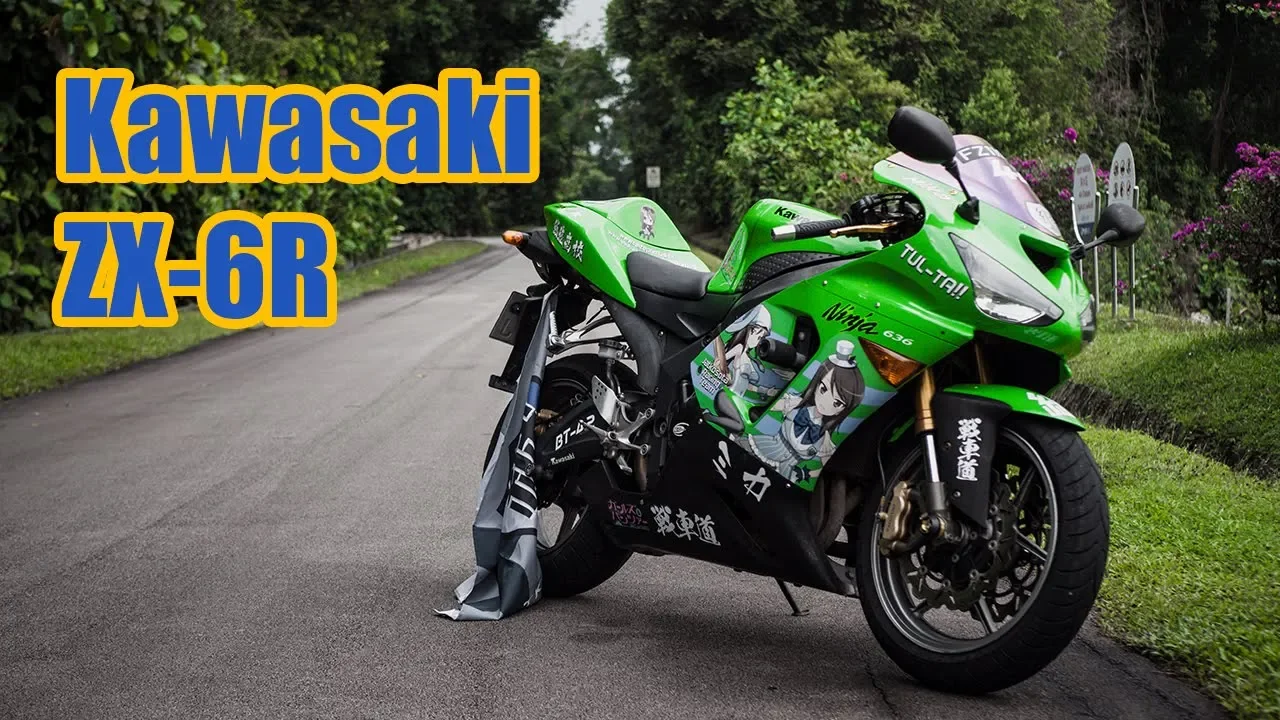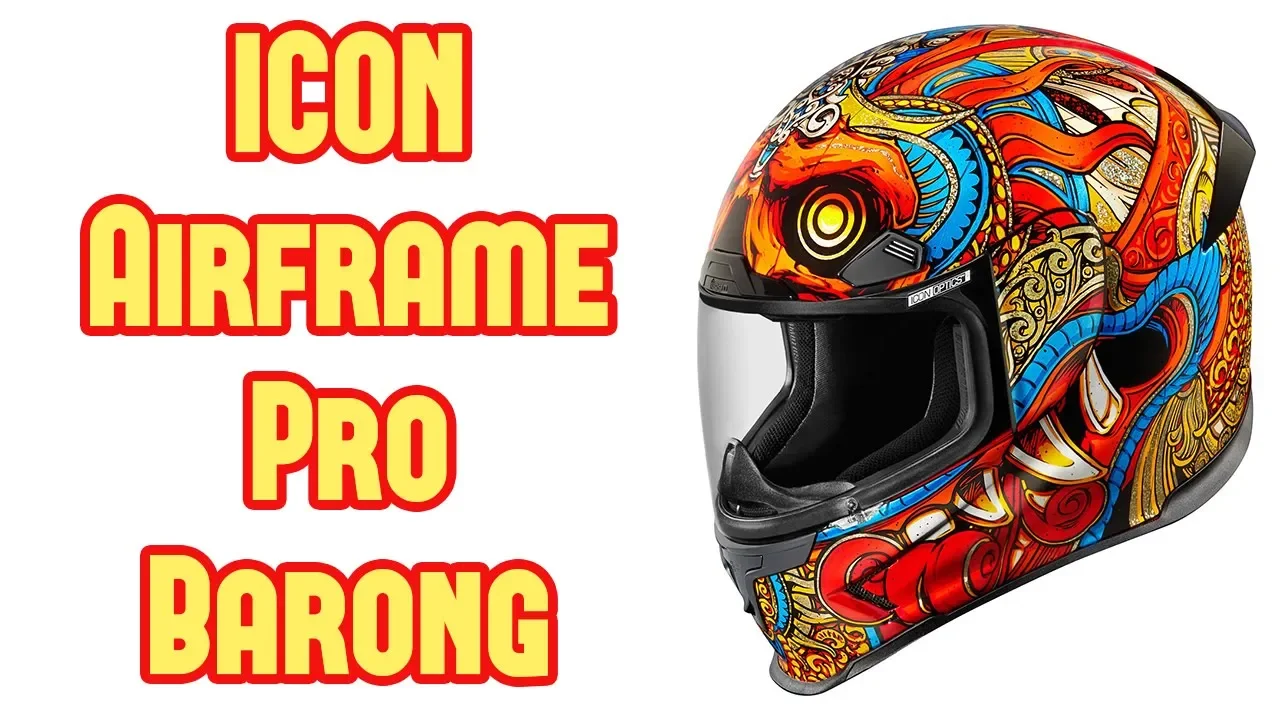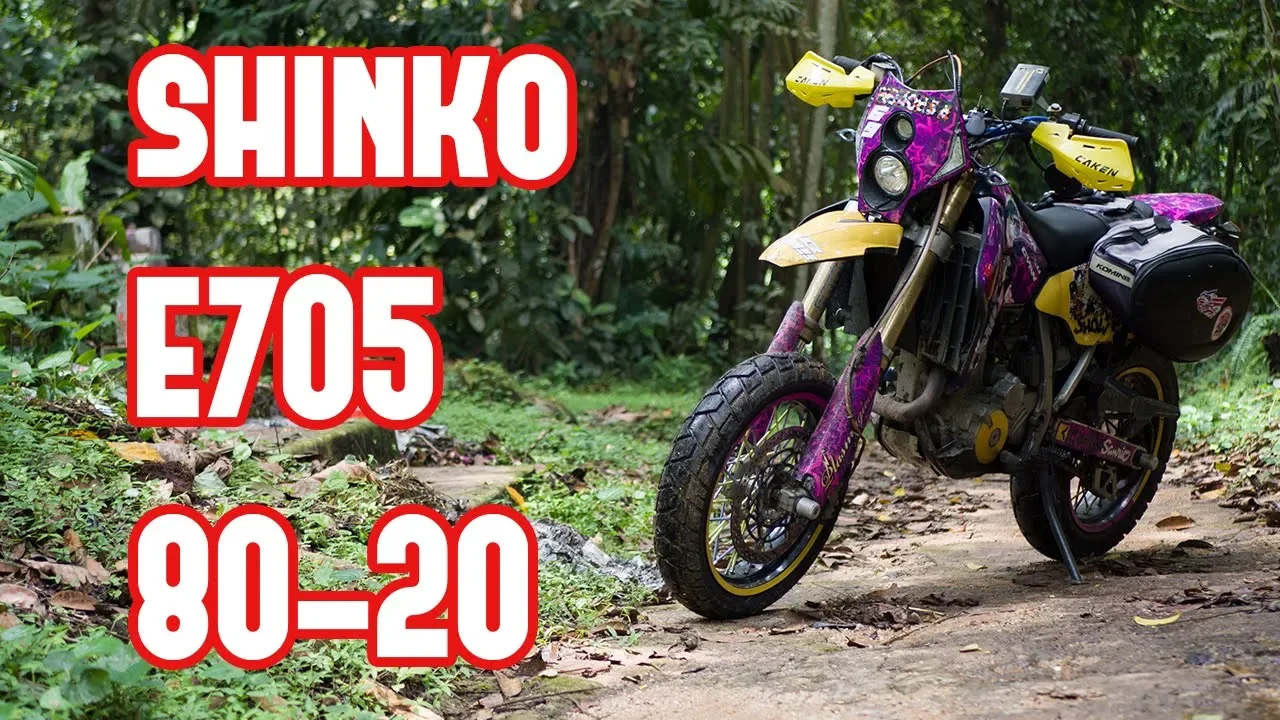The Mitas E-07 Plus (E-07+) is a 50/50 dual sport tire, designed for riders who demand genuine off-road capability without sacrificing on-road stability and mileage. Available in both standard and Dakar versions, the E-07+ sits among the most popular ADV tires for Singapore and regional riders looking to tackle city, highway, and trail with a single set of rubber. After a thousand kilometers on the Kawasaki Versys-X 300—and with real-world use in Singapore and off-road conditions—here’s the verdict.
Tread, Construction & Design
- Profile: Rounded (more road-focused than original E-07); larger individual blocks and smaller gaps than E-07 for increased road grip, especially wet tarmac
- Compound: High silica content in the standard version for improved wet grip and flexibility
- Versions: Standard (better for road and wet) vs Dakar (harder, stiffer sidewall, more suited for extended touring and heavier bikes)
- Tubeless ready: Works well for tubeless conversions—easy roadside patching if needed
Compared to its predecessor, the E-07+ offers better handling on-road, especially at lean, while retaining solid bite on loose terrain. The rounded profile and larger contact patch ensure confidence on pavement, while bigger lugs still offer reliable off-road traction.
On-Road Performance & Comfort
- Grip: Excellent for a 50/50 tire—offers smooth, confident cornering without the typical squirm of aggressive dual sports
- Noise & Vibration: Noticeably quieter and more comfortable than rivals like the TKC80; minimal vibration at speed
- Handling: Lean angle and sidewall stiffness allow road riding almost as easy as with street-biased tires; weight is higher than pure road tires but does not significantly impact fuel efficiency for mid-sized bikes
If pavement is your primary terrain but dirt calls occasionally, the E-07+ feels secure on wet and dry tarmac year-round, suiting Singapore’s monsoon seasons and urban riding.
Off-Road Capability
- Surface Suitability: Hardpack, gravel, rocky trails, some moderate mud—all easily managed at moderate speeds
- Front Tire: Tracks well and inspires confidence even in loose or soft conditions
- Rear Tire: Stays sure-footed on most dirt, though deep, slick mud will challenge side-to-side grip
- Mud & Extreme Trail: Will “tractor through” light-to-moderate mud but may struggle in deep, slippery ruts
While not a replacement for pure enduro knobbies, the E-07+ enables weekend trail fun without needing a wheel swap or tire change when the adventure moves off tarmac.
Longevity & Durability
- Lifespan: 8,000–10,000km on mid-weight or heavy ADVs—exceptional for a 50/50 with this amount of off-road traction
- Wear & Cooling: Large blocks dissipate heat efficiently; tread design resists squaring and provides extra mileage, especially in the Dakar version
- Wet Condition Engineering: Side lugs contain recessed sipes for moisture channeling, improving wet road and rain performance
The E-07+ lasts significantly longer than soft knobbies (e.g., TKC80). The standard version is recommended for all-round ADV use; go Dakar only if heavily loaded, regularly two-up, or riding extreme distances.
Value & Comparison
- Competition: Strikes a balance between Heidenau K60 Scout (long life, poor mud) and TKC80 (off-road king, short life)
- Price/Performance: Delivers premium versatility at a fair price for ADV riders who need just one set of tires for everything
Who Should Buy the Mitas E-07 Plus?
- Adventure bike riders who mostly ride pavement but want true dirt confidence
- Commuters/long-distance tourers wanting high mileage with trail capability
- Dual sport enthusiasts who can’t or don’t want to swap wheelsets for terrain changes
- Single-motorcycle owners who need the best all-round solution for local and regional use
Final Thoughts
The Mitas E-07 Plus is the “Goldilocks” of 50/50 ADV tires—confidence on the street, real ability on rock and trail, and durability to spare. For riders in Singapore or Southeast Asia needing one set for everything from rain-soaked expressways to Malaysian fire trails, this tire fits the bill—and often outlasts the competition.

